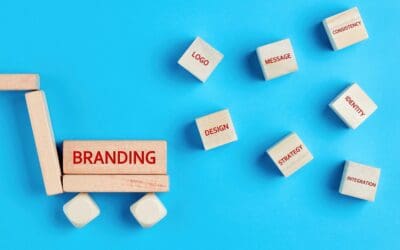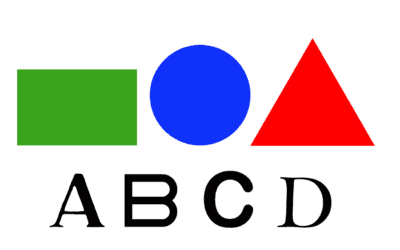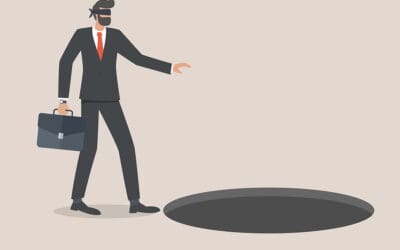In Today’s digital landscape, where attention spans are short and online competition is fierce, a well-crafted landing page can make all the difference in converting visitors into customers or leads. A landing page is a one-page website that serves as a gateway to your business, product, or service. We’ll look into the key elements that make a good landing page design and explore how these elements work together to create a compelling and effective user experience.
- Clear and Concise Value Proposition
The foundation of a successful landing page design lies in a clear and concise value proposition. What does this exactly mean? It means that your landing page visitors should be able to understand quickly what your business offers and how it benefits them at a glance. Start by using an “impactful headline” and combine with a sub-headline or description that further explains the value of your product or service. Also, use persuasive language and focus on the problems your target audience faces to help establish an emotional connection and pique their interest.
- Engaging Visuals
Visual elements play a pivotal role in conveying information quickly and memorably. Use only hi-quality photos, graphics, and videos that align with your target audience messaging. For images/graphics, use at least 300dpi resolution. Visuals should complement the text within your landing page and guide users’ eyes towards important sections, such as the call-to-action (CTA) button.
- User-Friendly Layout and Navigation
The most effective landing page designs are easy to navigate. Be logical about how you create your landing page’s layout. Place essential information prominently and sequentially. Avoid the clutter by staying away from excessive text or distracting elements that might divert attention away from the main message. Make “white space” your friend and allow for natural breaks between topics.
- Compelling Call-to-Action (CTA)
The purpose of a landing page is multi-fold. Landing pages direct users toward a specific action, such as signing up for a newsletter, making a purchase, or requesting more information on a service. Your CTA button should stand out through its color, size, and placement. Use action-oriented language that instills a sense of urgency and clarity about what the user will gain by taking the action. Additionally, limiting the number of CTAs on a single landing page ensures that users are not overwhelmed with choices.
- Responsive Design and Mobile Optimization
With the increasing use of mobile devices, a responsive design is essential for a good landing page. Responsive design means that your landing page should adapt seamlessly to various screen sizes and orientations, maintaining a visually appealing and functional layout. WordPress and Divi are two of the best design tools for this.
- Social Proof and Testimonials
Building trust is crucial for conversions, and incorporating social proof elements such as customer testimonials, reviews, and recognizable logos can significantly bolster credibility. Genuine testimonials that highlight the benefits of your product or service from real customers can sway potential users who are on the fence, reassuring them that others have had positive experiences.
- Minimized Form Fields
If your landing page includes a form for lead generation, keep it short. Request only the essential information necessary for your intended follow-up. Lengthy forms can deter users from completing them, as they may perceive them as time-consuming or intrusive. Balancing the need for information with user convenience is key to an effective form design.
- A/B Testing and Iteration
Creating a landing page design is not a one-size-fits-all process. A/B testing involves creating variations of your landing page to assess which design elements, headlines, visuals, or CTAs perform better. Iterating based on the results of these tests enables you to continuously refine your design and optimize for higher conversion rates.
- Loading Speed
This final point is one of the most important to note! You DO NOT want a slow-loading landing page that can take three-seconds or longer to finish. Sure as anything, your potential customers will quickly grow impatient and leave your site. To avoid this problem, always make sure your images and graphics don’t take up a lot of space and are not too large. Graphics can take the most time to load when you log on to a website. Keep them under 700kb if possible. A speedy landing page not only enhances user experience but also positively impacts search engine rankings.
Conclusion…
Crafting a good landing page design is a blend of art and science. A well-designed landing page captures attention, builds trust, and guides users towards the desired action, be it a purchase, sign-up, or inquiry. By staying attuned to user preferences, conducting regular testing, and adapting to changing trends, businesses can ensure that their landing pages remain powerful tools for customer conversion in an ever-evolving digital landscape.
Since 2012, Paul Whittler Graphic Design has helped businesses of all sizes with their marketing needs. From logos, signage, websites, marketing campaigns, and everything in-between, Let us be your “Design Resource.” Call today for a free consultation and quote-(915) 581-7054.





